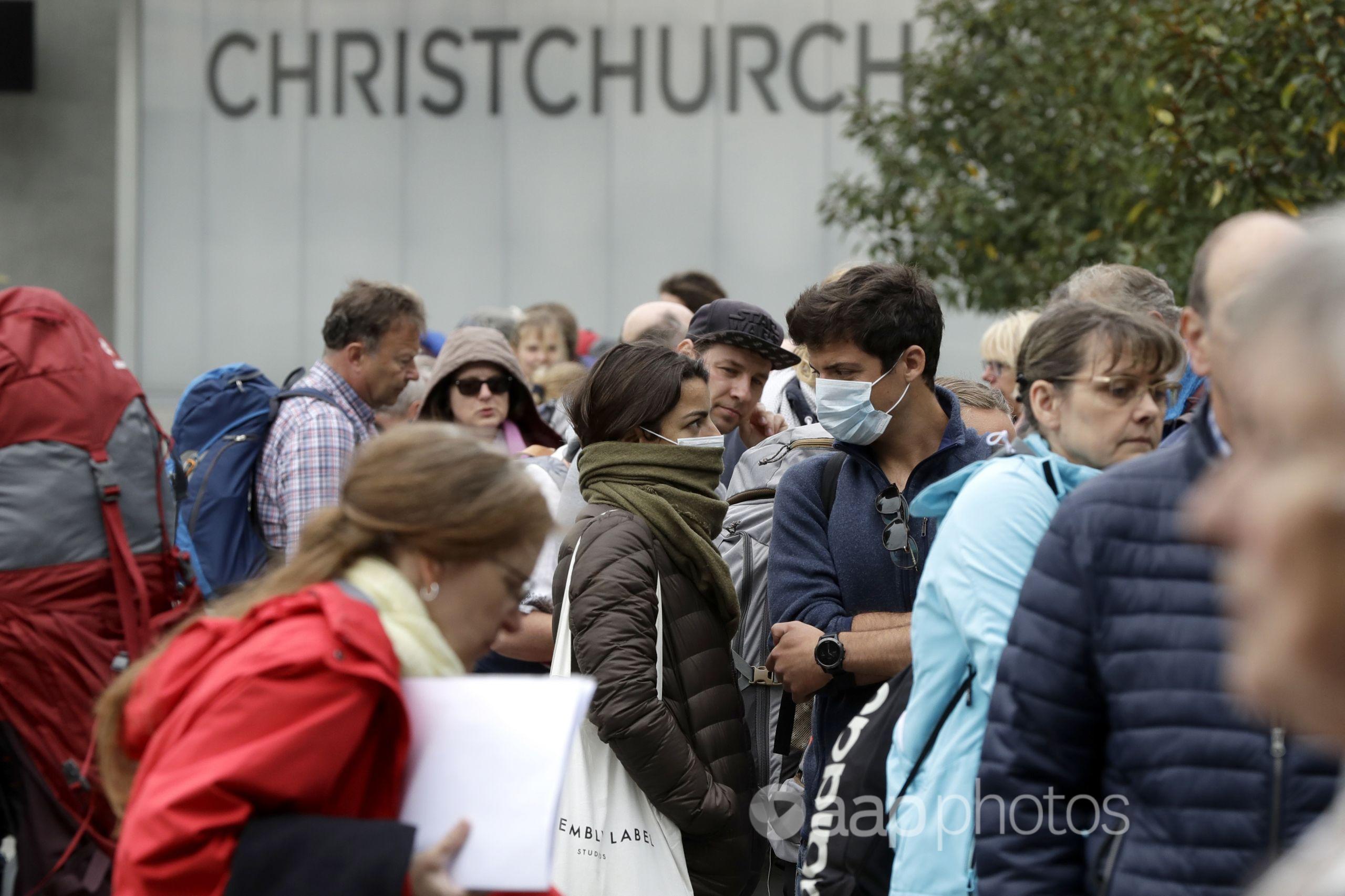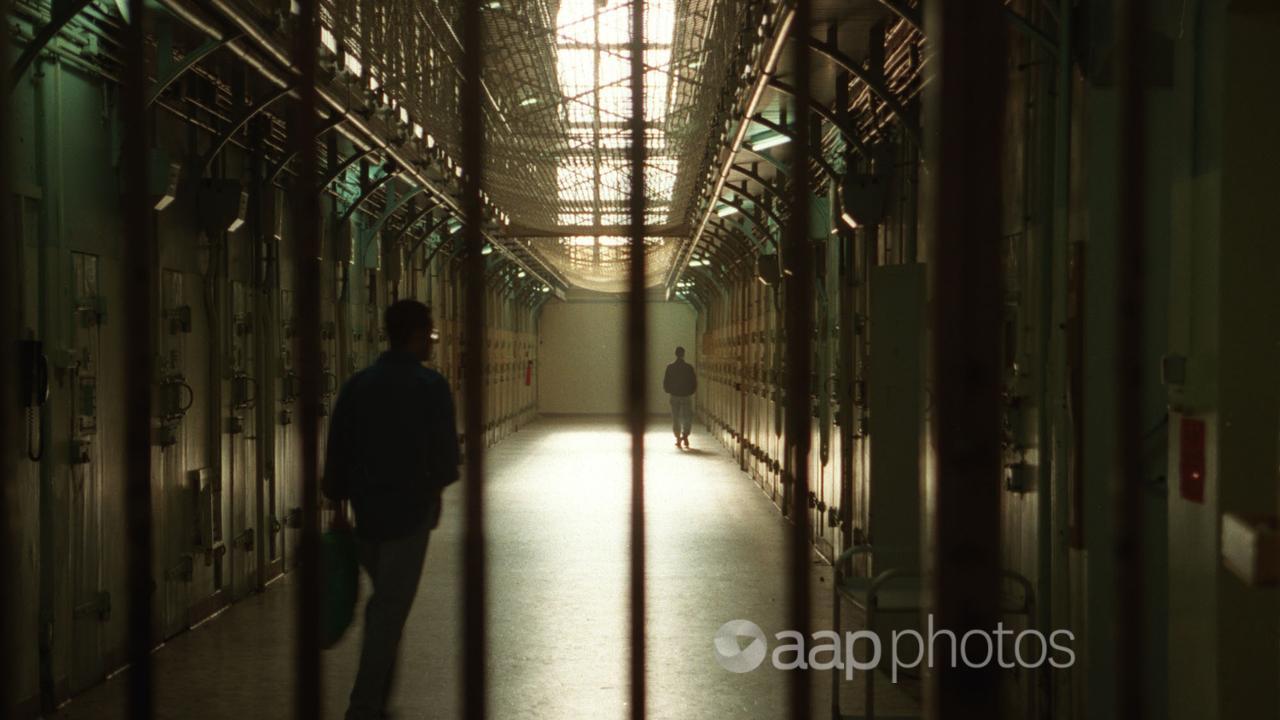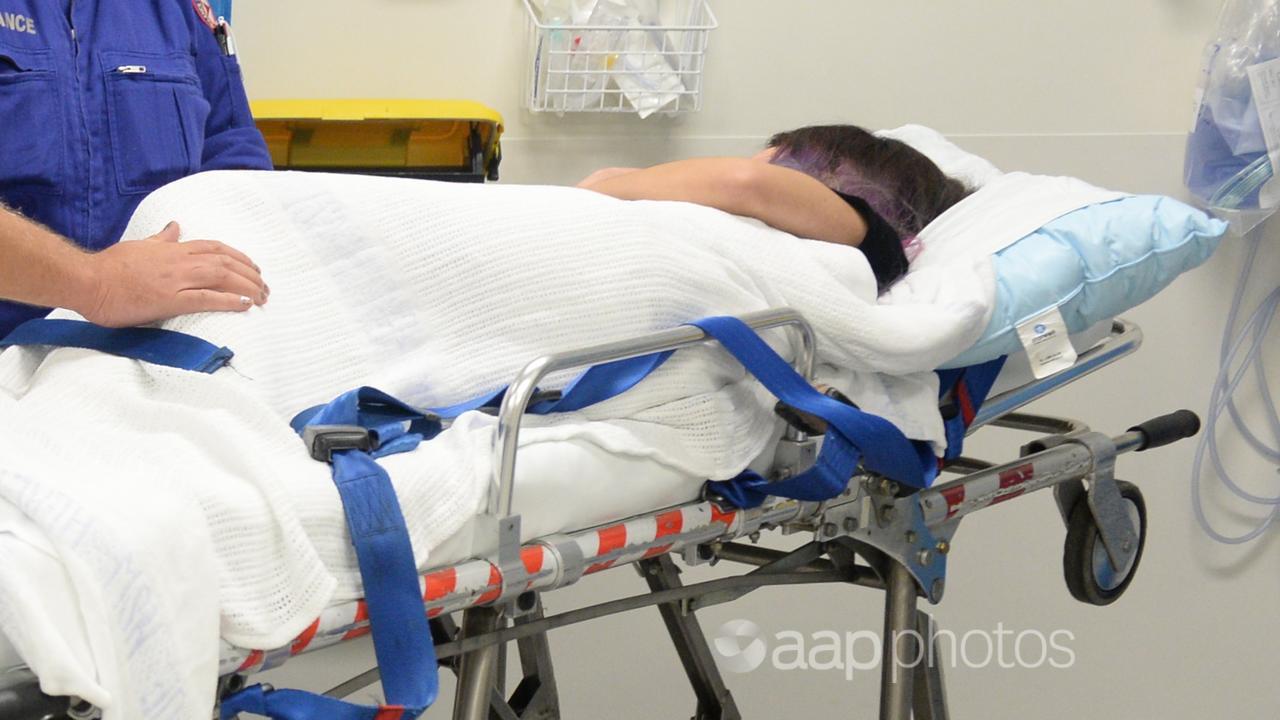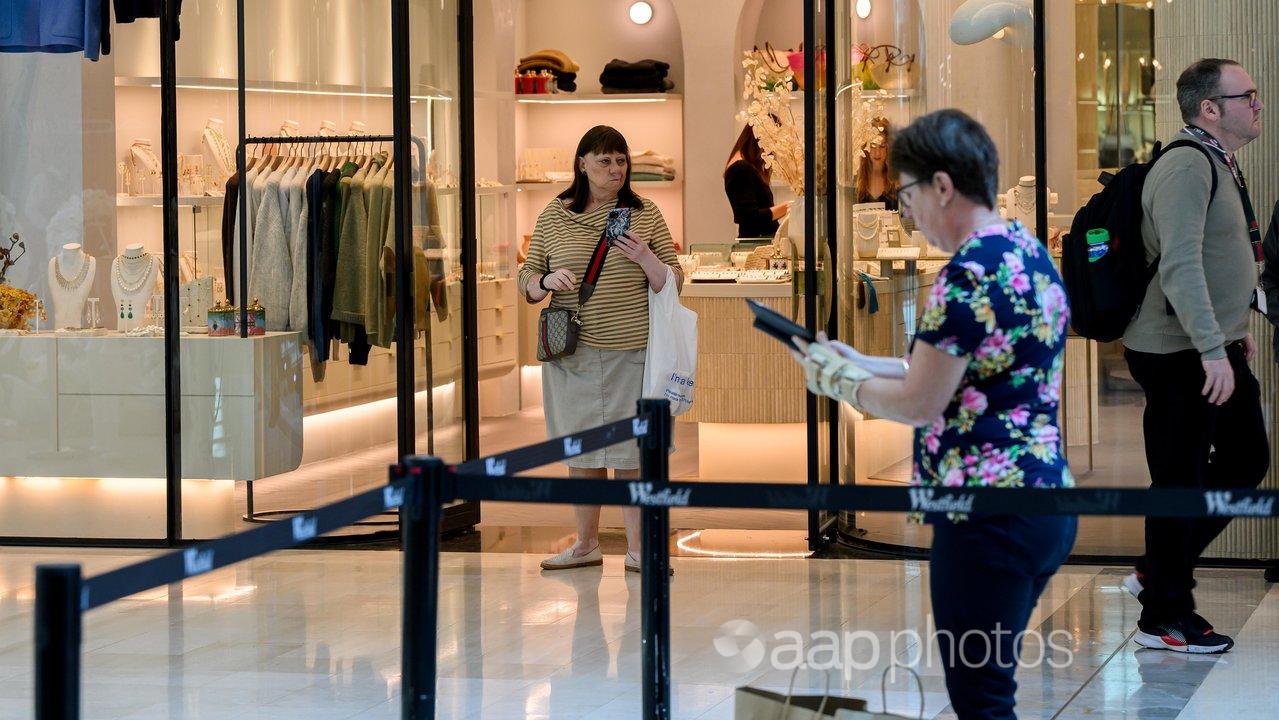AAP FactCheck Investigation: Do the COVID-19 tests conducted in New Zealand’s managed isolation facilities have a 30 per cent false negative rate?
The Statement
“(The) fact is that around 30 per cent of tests come back with false negatives and Dr Shane Reti has confirmed that to me. So that’s why there needs to be at least two tests (in managed isolation).”
Judith Collins, National Party leader, September 2, 2020.
The Analysis
COVID-19 may remain undiagnosed in people leaving managed isolation after entering New Zealand because tests have a 30 per cent false negative rate and some returnees are only screened once, NZ National says.
The government has been heavily criticised for the testing regime at the border after it was revealed nearly two thirds of border staff and quarantine workers hadn’t been tested for COVID-19.
The government later revealed not all of those in managed isolation were being tested on day three of quarantine and the National Party called for day-three testing to be mandatory.
Returnees are currently asked to take a COVID-19 test on both day three and day 12 following their entry into the country and are not allowed to leave managed isolation without providing a negative day 12 test.
When quizzed about managed isolation testing during a Morning Report interview on September 2, National leader Judith Collins said 30 per cent of tests returned a false negative. (Audio mark 6min 14sec)
Her office said the statistic came directly from Health Minister Chris Hipkins, in response to a written question from National health spokesman Shane Reti on June 22.
In that response, Mr Hipkins said: “I am advised that there is an estimated 30 per cent false negative rate for PCR testing. I ask the Member to note that this data is not specific to New Zealand, and will vary at the individual patient/person level based on their stage of disease.”
AAP FactCheck examined Ms Collins’ statement that 30 per cent of COVID-19 tests returned a false negative, in the context of New Zealand’s managed isolation testing.
The Ministry of Health website says New Zealand primarily uses a viral test known as a polymerase chain reaction test, or PCR test, to detect COVID-19. The test can detect very small amounts of COVID-19 in samples, generally taken from a swab of a person’s nose or throat.
In addition to Mr Hipkins’ response, Ms Collins’ office also referred AAP FactCheck to a blog from Harvard Medical School, stating the PCR test had a reported false negative rate of between two and 37 per cent, and a report published by the British Medical Journal (BMJ), which found the tests had a false negative rate of between two and 29 per cent.
Both articles are based on a non-peer reviewed report which collated 34 studies on the false negative rate of the PCR COVID-19 test.
The report found a false negative rate of between two per cent and 54 per cent, and noted “the certainty of the evidence was judged as very low, due to the risk of bias, indirectness, and inconsistency issues” (page 3).
Sample sizes for the studies analysed ranged from 18 people to 5,700 (page 11), only 10 studies recorded how many days had lapsed between the onset of symptoms and testing (page 12), and none of the studies had a reported aim of establishing the false negative rate of the PCR test (page 23).
Dr Joshua Freeman, clinical director of microbiology and virology for the Canterbury District Health Board (DHB) and their adviser on the COVID-19 testing regime, said it’s misleading to say 30 per cent of COVID-19 tests give a false negative result.
Dr Freeman said the studies which found a high false negative rate in the report cited by Ms Collins had limited applicability to the New Zealand context of testing people in managed isolation.
He said this was because those studies were conducted almost exclusively on hospitalised patients with pneumonia who would have likely contracted the virus a week or more earlier, and therefore had a lower viral load in the back of the nose and throat.
“Notably, 24 of the studies included in the analysis were conducted early in the epidemic in China when testing was almost exclusively focused on people with symptoms and delays between symptom onset and swabbing were common,” Dr Freeman told AAP FactCheck.
The report’s authors also note that the results from China were probably affected by several unreported issues, including that the tests used were among the first developed, there was no standardised testing method and there was limited knowledge about the virus at the beginning of 2020 (page 24).
Dr Freeman said that testing asymptomatic people in managed isolation is a very different scenario from testing hospitalised patients with pneumonia.
“Infectious people undergoing asymptomatic day three screening in managed isolation facilities are likely to be in the pre-symptomatic phase of infection.
“During the pre-symptomatic phase of infection, viral shedding from the nasopharynx is almost certainly very high and so there is a lot of virus present for the test to detect.
“In this setting, providing the swab is collected appropriately, the false negative rate is likely to be very low.
“Although it’s not possible to estimate false negative rates in this setting with any precision it’s almost certainly substantially lower than the 30 per cent quoted.
“If our tests missed 30 per cent of all actively infectious cases, this would have enormous implications for control. It’s implausible that New Zealand and other countries could have achieved the levels of control they have with a false negative rate this high.”
University of Otago public health professor Nick Wilson said a review of research on the PCR test sensitivity, published in the Radiological Society of North America’s journal in April, found the tests had an average false negative rate of about 11 per cent.
But he emphasised test timing is important when determining accuracy.
“But taken overall, the scientific answer is a false negative rate of around 11 per cent with (the report indicating) a range of six per cent to 19 per cent based on this meta-analysis.”
According to the Ministry of Health, a laboratory study found the tests correctly detected COVID-19 in samples more than 95 per cent of the time, implying the tests gave a false negative result five per cent of the time.
AAP FactCheck contacted the Ministry of Health asking it to explain the discrepancy between the figures on its website and Mr Hipkins’ statement putting the false negative rate at 30 per cent.
The Ministry of Health did not specifically address the discrepancy, but it said a 30 per cent false negative rate did not mean 30 per cent of all tests gave a false negative result. Instead, it meant that if you tested 100 people with COVID-19, 30 would return a false negative result.

The Verdict
AAP FactCheck found the statement that 30 per cent of New Zealand’s COVID-19 tests give a false negative result to be misleading.
While some studies have found the PCR test can have a relatively high false negative rate, Dr Freeman said this was likely because the people being tested were tested a week or more after contracting the virus and so had a low concentration of the virus in their nose and throat at the time.
The tests are expected to have a greater degree of accuracy in New Zealand’s managed isolation facilities, when most people would have contracted the virus more recently, he said.
A review of research on the accuracy of PCR tests also found a much lower average false negative rate, of between six to 19 per cent.
Misleading – The claim is accurate in parts but information has also been presented incorrectly, out of context or omitted.
* AAP FactCheck is accredited by the Poynter Institute’s International Fact-Checking Network, which promotes best practice through a stringent and transparent Code of Principles. https://aap.com.au/
All information, text and images included on the AAP Websites is for personal use only and may not be re-written, copied, re-sold or re-distributed, framed, linked, shared onto social media or otherwise used whether for compensation of any kind or not, unless you have the prior written permission of AAP. For more information, please refer to our standard terms and conditions.

















